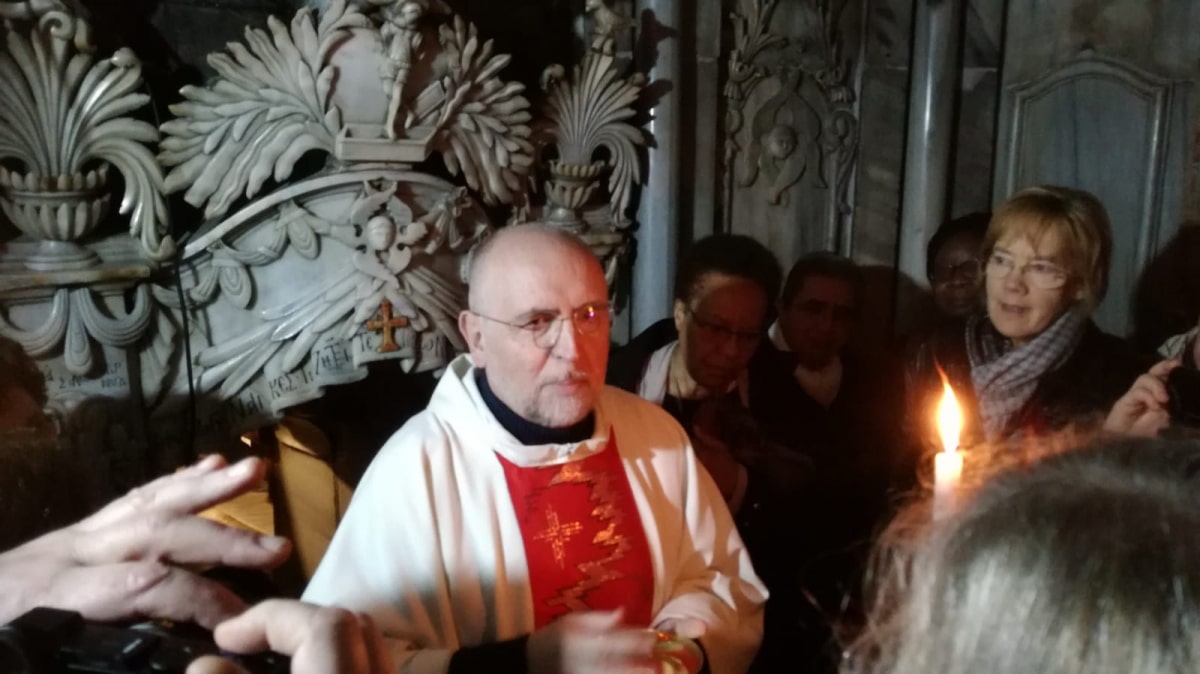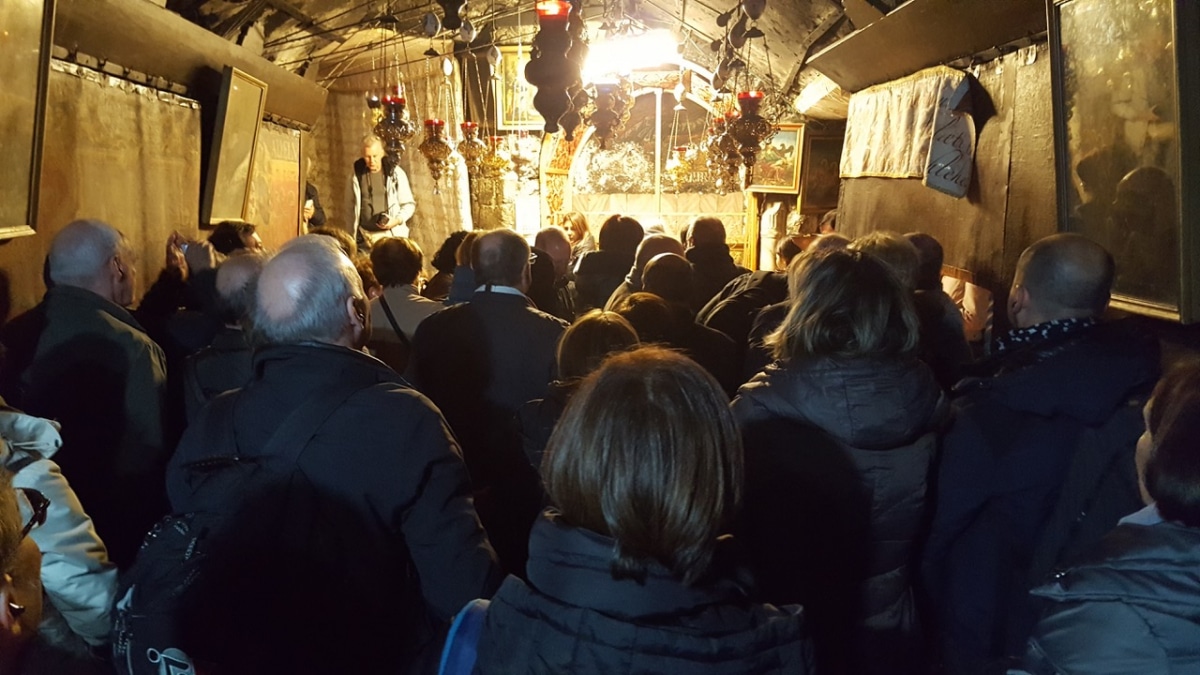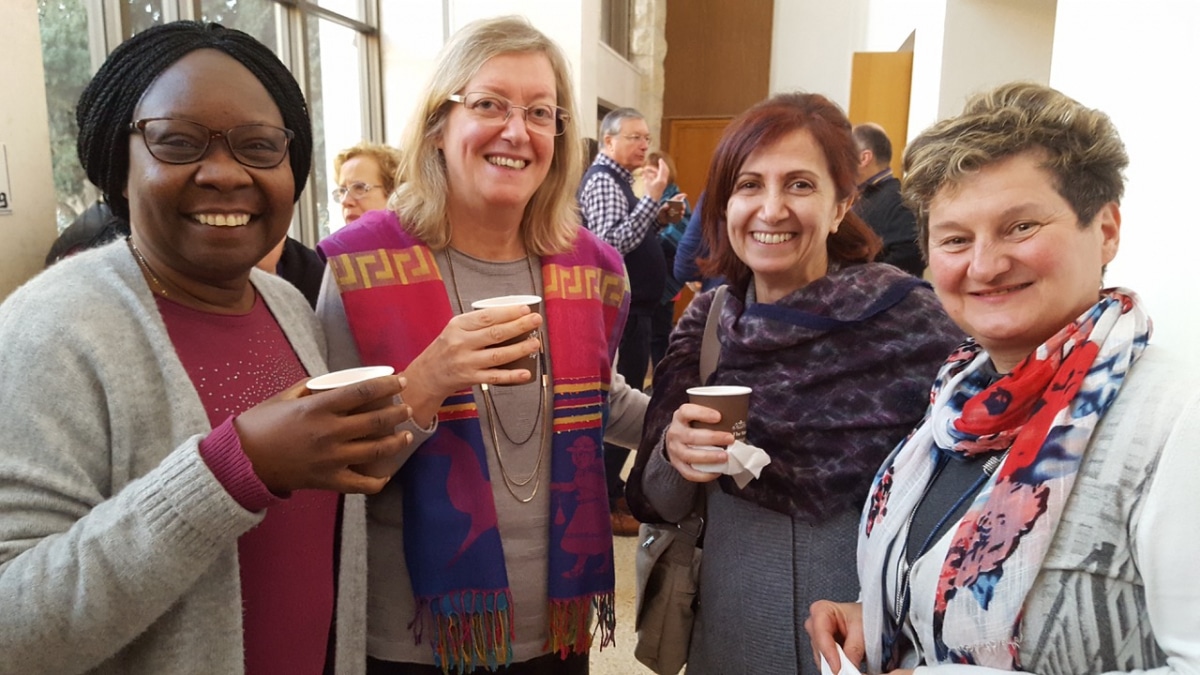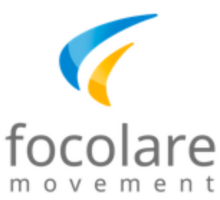
Bringing the Risen Lord to the world
The Focolare’s General Council, on retreat in the Holy Land, has just finished three days’ work on the communion of goods, the new generations and the 2020 General Assembly.  “Jesus, who was buried here and rose from the dead, wants to live in our midst so that we can bring his presence throughout the world.” Those are the words of Jesús Morán, Co-President of the Focolare Movement, after celebrating Mass for the General Council in the Church of the Holy Sepulchre. Everyone rose at dawn to be able to enter that extraordinary place – one that seems deeply connected with their week-long retreat in the Holy Land. Standing before the tomb left empty by the Risen Jesus, they too posed questions about the future, just as the disciples must have done. Where is the Risen Lord leading the Focolare Movement today? Where should the Movement focus its strength, energy and resources?
“Jesus, who was buried here and rose from the dead, wants to live in our midst so that we can bring his presence throughout the world.” Those are the words of Jesús Morán, Co-President of the Focolare Movement, after celebrating Mass for the General Council in the Church of the Holy Sepulchre. Everyone rose at dawn to be able to enter that extraordinary place – one that seems deeply connected with their week-long retreat in the Holy Land. Standing before the tomb left empty by the Risen Jesus, they too posed questions about the future, just as the disciples must have done. Where is the Risen Lord leading the Focolare Movement today? Where should the Movement focus its strength, energy and resources?  These questions permeated discussions on the three key subjects addressed in Jerusalem. Concerning the “communion of goods, economy and work”, the General Council noted that in all the various parts of the Movement there is a great desire to go back to the radical life of the early days and live the communion of goods with new consistency and commitment. Ways in which this could be enabled concretely were discussed. Consideration of the new generations of the Focolare Movement, the second main subject, was enriched by evaluating the Genfest held last year in Manila and the recent World Youth Day in Panama. Those two events highlighted the great potential of young people and teenagers. This is also seen in their work for the “Pathways for a United World” project and their commitment to “Zero Hunger” by 2030. Thought was given on how to give continuity to individual initiatives.
These questions permeated discussions on the three key subjects addressed in Jerusalem. Concerning the “communion of goods, economy and work”, the General Council noted that in all the various parts of the Movement there is a great desire to go back to the radical life of the early days and live the communion of goods with new consistency and commitment. Ways in which this could be enabled concretely were discussed. Consideration of the new generations of the Focolare Movement, the second main subject, was enriched by evaluating the Genfest held last year in Manila and the recent World Youth Day in Panama. Those two events highlighted the great potential of young people and teenagers. This is also seen in their work for the “Pathways for a United World” project and their commitment to “Zero Hunger” by 2030. Thought was given on how to give continuity to individual initiatives.  The third subject was preparations for the upcoming General Assembly in 2020. The General Council studied ways in which the Assembly can reflect the various vocations within the Movement and their geographical and cultural diversity. They also discussed how to reconcile the need for continuity and the need for innovation that characterise the Movement at present. A commission will shortly be formed to organise the Assembly and their work will be based on these two areas. While the retreat may seem to be made up of questions without answers, that was not the case. While it was agreed not to draw up a statement or guidelines, what came to light is the journey being travelled now, the fruit of the Movement’s life throughout the world. Posing questions about the journey; being challenged by the issues of the day and seeking answers; drawing on the past to look to the future: all this can yield unexpected effects. All this can enable us to meet the Risen Lord on unexpected roads, just as happened to the two disciples who, leaving the empty tomb behind them, set off towards Emmaus.
The third subject was preparations for the upcoming General Assembly in 2020. The General Council studied ways in which the Assembly can reflect the various vocations within the Movement and their geographical and cultural diversity. They also discussed how to reconcile the need for continuity and the need for innovation that characterise the Movement at present. A commission will shortly be formed to organise the Assembly and their work will be based on these two areas. While the retreat may seem to be made up of questions without answers, that was not the case. While it was agreed not to draw up a statement or guidelines, what came to light is the journey being travelled now, the fruit of the Movement’s life throughout the world. Posing questions about the journey; being challenged by the issues of the day and seeking answers; drawing on the past to look to the future: all this can yield unexpected effects. All this can enable us to meet the Risen Lord on unexpected roads, just as happened to the two disciples who, leaving the empty tomb behind them, set off towards Emmaus.
Joachim Schwind
